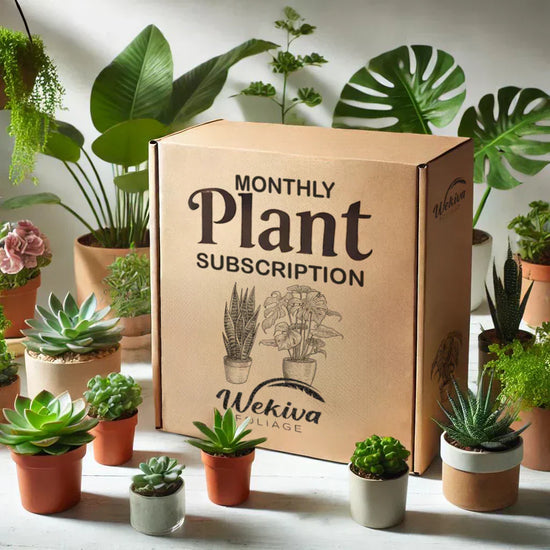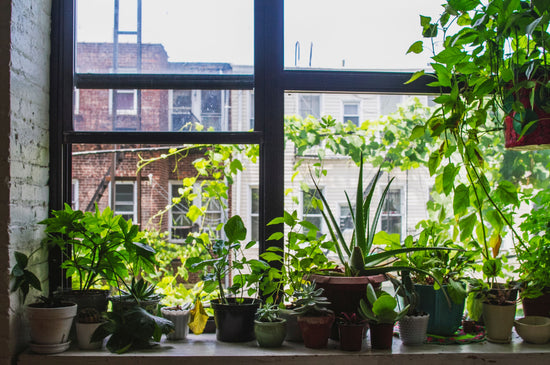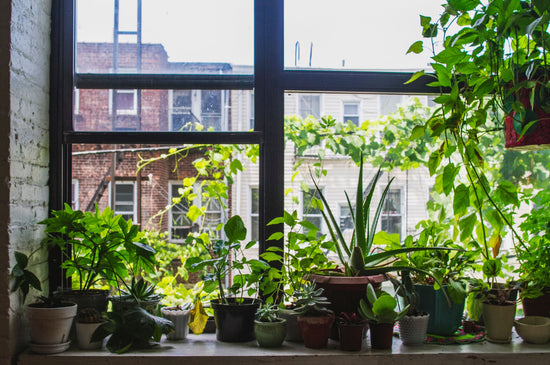The Ultimate Guide to Houseplant Fertilizer: Keep Your Indoor Plants Thriving
Fertilizing your houseplants is a critical part of maintaining their health and ensuring lush growth. Without proper nutrients, even the hardiest plants like the Peace Lily or ZZ Plant can struggle. Understanding the best types of fertilizers and how to use them correctly can transform your indoor garden into a thriving oasis. Browse our houseplants collection for a variety of plants to enrich your home.
Why Fertilize Your Houseplants?
Plants growing in pots rely solely on the nutrients available in the soil. Over time, these nutrients deplete, leaving your plants needing replenishment. Fertilizer provides essential macronutrients like nitrogen, phosphorus, and potassium, along with trace elements that boost growth, enhance foliage color, and encourage flowering.
Choosing the Right Fertilizer for Your Houseplants
- Balanced Fertilizer: Ideal for most indoor plants, including pothos, philodendron, and spider plant, a balanced formula contains equal parts nitrogen (N), phosphorus (P), and potassium (K).
- Bloom Boosters: High-phosphorus fertilizers promote flowering in plants like the Christmas Cactus.
- Organic Fertilizer: Eco-friendly and slow-releasing, organic options like compost or fish emulsion suit many indoor plants, especially those in sustainable setups.
How to Apply Fertilizer
- Dilute as Directed: Over-fertilizing can harm your plants, causing leaf burn or stunted growth. Always dilute liquid fertilizers according to package instructions.
- Frequency: Apply fertilizer during the growing season (spring and summer) every 2-4 weeks. In fall and winter, reduce or stop fertilizing, as most plants enter a dormant phase.
- Top Dressing: For slow-release options, sprinkle the fertilizer evenly over the soil surface of plants like a zanzibar gem plant or a snake plant.
Signs Your Houseplants Need Fertilizer
- Slow Growth: If your plant isn’t growing despite proper light and watering, it might be nutrient deficient.
- Yellowing Leaves: Yellowing in older leaves may signal a lack of nitrogen.
- Poor Flowering: If your Peace Lily or Christmas Cactus isn’t blooming, it may need a phosphorus boost.
Mistakes to Avoid
- Over-Fertilizing: More fertilizer doesn't mean faster growth. Overuse can damage roots and stunt the plant's development.
- Wrong Formula: Using the wrong type of fertilizer can harm sensitive plants like chlorophytum spider plant.
- Fertilizing Dormant Plants: During their resting period, most indoor plants don’t require additional nutrients.
FAQs About Fertilizing Houseplants
1. Can I use garden fertilizer for indoor plants?
Yes, but it must be diluted significantly, as garden fertilizers are more concentrated.
2. How do I know if I’m over-fertilizing?
Look for signs like browning leaf tips, salt buildup on the soil surface, or an unpleasant smell.
3. Are there specific fertilizers for certain plants?
Yes, plants like the pothos epipremnum or zamioculcas plant thrive with general-purpose fertilizers, while flowering plants like the Peace Lily may require bloom-specific formulas.
Fertilizing your houseplants doesn't have to be complicated. With the right approach, you can ensure vibrant foliage, frequent blooms, and robust growth. Whether you're caring for a Satin Pothos or a Spider Plant, proper nutrition is key. Explore our houseplants collection and find your perfect plant companion today!





